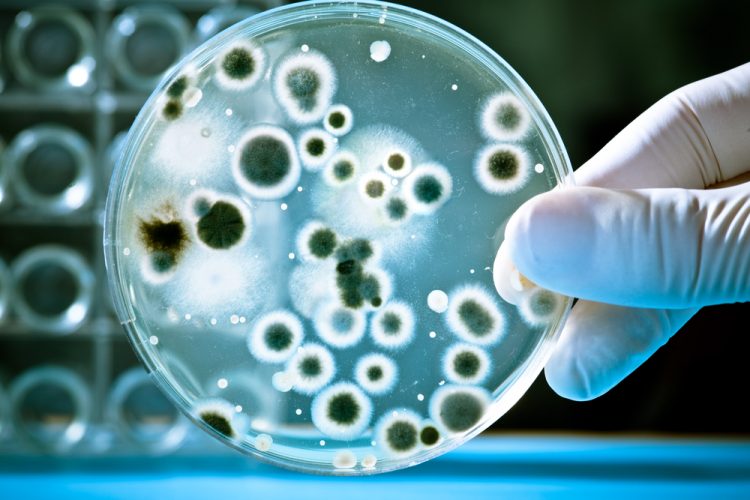Microbial risks presented by aging facilities
Posted: 8 July 2022 | Hannah Balfour (European Pharmaceutical Review) | No comments yet
Here, EPR summarises the microbial contamination concerns that may arise from aging facilities presented in an article by Tim Sandle.


As established facilities age, various risk considerations emerge. While some may continue to function effectively without any additional considerations, many will require additional checks and assessment.
In an article published in the Journal of Validation Technology (JVT), pharmaceutical microbiologist and contamination control expert Tim Sandle identified ten categories of risk presented by aging. While some risks related to the processes and facilities becoming obsolete or incremental modifications over time making production less efficient, he also included microbial contamination concerns, which will be the focus of this summary.
Sandle noted that aging facilities present several microbial contamination risks, including that poor facility management resulting in peeling paint or torn lagging (insulating material) can allow microbial contamination to occur. “Risks are more acute for spore forming organisms, such as Bacillus… and with fungal spores,” he wrote.
Moreover, changes to the facilities use, such as increased personnel and production volumes, can result in contamination control challenges. This is especially true in cleanrooms where personnel are the primary contamination source, stated Sandle. Such changes can also affect airflow – the addition of more equipment not only makes areas more difficult to clean, but puts additional strain on climate control systems, resulting in poor air circulation and the possibility of undetected fungal growth. The air supply system can also be affected, with changes to the air supply volumes impacting air exchange rates and clean-up times – key considerations as these physical parameters are essential for removing particles from cleanrooms, noted Sandle.
Degradation of the facilities, for instance cracks in walls or tears in material, can also present contamination challenges. Since cleaning solutions will often not be able to penetrate cracks, unclean areas can become exposed to cleanrooms, explained Sandle. Weakened or broken joints in the airflow systems can also drag unsuitable air into cleanrooms from plant areas.
“Regular inspection and a sound repair programme can overcome these problems, together with the fitting of high-quality seals such as compressed rubber gaskets,” noted Sandle.
A further concern is the accumulation of dust and spore forming microorganisms within the voids of adjacent cleanrooms/spaces. Though they have no impact unless disturbed, he wrote, when facilities are modified contamination will arise. To overcome this, Sandle stated: “Good control measures should be in place when modifications take place including partitioning off areas, vacuuming dust and regular cleaning followed by sporicidal disinfection.”
A further risk, aside from direct microbial contamination, is that quality systems themselves can become inadequately controlled over time. For instance, bolted on procedures may contradict or fail to integrate with other quality system procedures, causing confusion, inefficiency and inconsistency.
Sandle noted: “There are commercial and compliance reasons for continuing to maintain or even upgrade older facilities… [For instance,] the costs associated with constructing a new building structure, together with utilities and other infrastructure, will often outweigh the costs of maintaining an existing facility… However, the choice of continuing operations or with upgrading facilities carries risks”.
He added: “These risks are not universal, for some facilities will continue to function effectively without any additional considerations; however, many require additional checks and assessment,” concluding: “In terms of day-to-day operations, aging facilities will require an increased program of inspection to look for damage, cracks, leaks and so on. In relation, more resources need to be put into planned preventative maintenance… [and] there may need to be increased environmental monitoring in order to ensure contamination issues are detected as early as possible.”
Related topics
Cleanrooms, Drug Manufacturing, Drug Safety, Environmental Monitoring, Industry Insight, Microbiology, QA/QC









